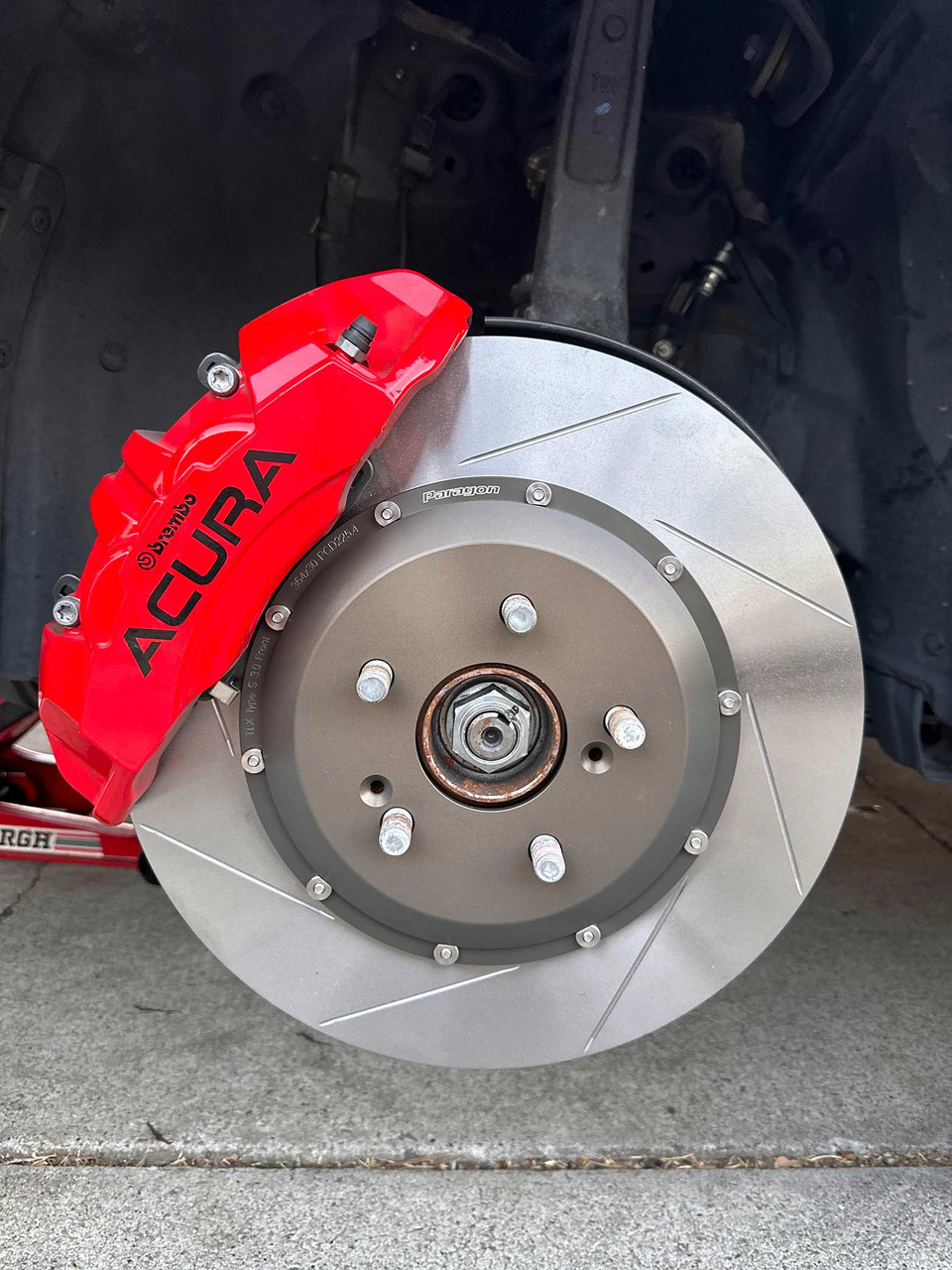Brake Responsiveness vs. Brake Power—What’s the Difference?

When it comes to performance and safety, how your brakes feel and how they function both matter—but they’re not the same thing. Brake responsiveness and brake power are two sides of the same coin, and understanding the difference can help you make smarter upgrade decisions. Whether you’re fine-tuning a performance vehicle or upgrading a daily driver, options like Acura MDX performance brake pads and rotor kits provide a balance of both qualities for a confident drive.
Understanding How Brakes React and Perform
Brake responsiveness refers to how quickly and precisely your braking system reacts to your input. When you tap the pedal, does the vehicle begin slowing instantly? Is the pedal feel tight and firm or soft and delayed? Responsive brakes offer immediate feedback and control, making them ideal for city driving and performance applications where split-second reactions matter.
Brake power, on the other hand, is all about how much stopping force the system can deliver once engaged. A system may feel slightly slower to respond but still deliver massive stopping force. Brake power becomes critical during high-speed stops, emergency braking, and when towing or carrying heavy loads.
Striking the right balance between responsiveness and power depends on your driving style. For drivers who want fast, intuitive pedal feel, responsive systems shine. For those needing strong, sustained stopping power, especially in demanding situations, brake systems with higher thermal resistance and clamping force are more suitable.
Upgrading with components like Powerstop Ford Mustang brake pads enhances both aspects. These pads are engineered to deliver immediate engagement while maintaining consistent performance under high heat and aggressive conditions—perfect for those who expect their vehicle to perform under pressure.
Choose the Right Balance for Your Driving Style
Your braking system should reflect your vehicle’s capabilities and how you use it. A family SUV, for example, may benefit from improved responsiveness to enhance city maneuverability and everyday safety. A high-horsepower sports car, on the other hand, demands powerful braking to control acceleration and cornering forces.
Materials play a role too. Ceramic pads often favor responsiveness and reduced noise, while metallic pads prioritize heat resistance and raw stopping power. Pairing your pad type with high-performance rotors—such as Brembo Ford F150 brake rotors—can dramatically improve both responsiveness and power by optimizing heat dissipation and bite.
It’s also important to consider the role of brake fluid, calipers, and even your tires when tuning your braking setup. Each component contributes to overall feel and effectiveness. High-quality brake fluid with a high boiling point, for instance, prevents fade in aggressive driving, while performance calipers maintain even pressure and control.
Choosing the right system means being honest about how and where you drive. If you’re often in traffic or prefer precision control, prioritize responsiveness. If you’re on the highway or track, or tow heavy loads, prioritize power—but ideally, you’ll build a system that doesn’t force you to sacrifice one for the other.
In conclusion, brake responsiveness and brake power are both essential—but understanding how they differ is the first step in choosing the right upgrade. From Acura MDX performance brake pads and rotor kits to Powerstop Ford Mustang brake pads and Brembo Ford F150 brake rotors, AutoZone offers high-performance solutions to meet your driving needs. Find your balance, and stop with confidence every time.
Miss Clipping Out Stories to Save for Later?
Click the Purchase Story button below to order a print of this story. We will print it for you on matte photo paper to keep forever.

